Most people think it's hard for vegans and vegetarians to meet their daily protein requirements. However, this is far from the truth. There are numerous plant-based options for vegans and vegetarians that provide them with all the protein they need. Surprisingly, some plant-based sources like seitan, peanuts, etc., have more protein than animal sources like milk, etc.
With a little research, you can find numerous vegan and vegetarian sources of protein and several other nutrients. However, if you don't have time to research, we’ve got you covered. In this blog, we’ll talk about why you need protein, in what quantity, and some amazing vegan/vegetarian protein sources.
Why do you need protein?
Protein is an important part of a healthy diet. Proteins are made up of chemical ‘building blocks’ called amino acids. Your body uses amino acids to build and repair muscles and bones and to make hormones and enzymes. They can also be used as an energy source. Without the amino acids, protein synthesis is not possible.
Protein intake not only supports your growth but also provides energy, repairs your tissues and muscles, and strengthens your body. If your body doesn't receive enough protein, you may experience loss of muscle mass and strength along with slow metabolism.
It is also required for the smooth functioning of your immune system and hormone production. Apart from that, it is essential for the production of enzymes and the formation of neurotransmitters that, in turn, help your body perform several crucial functions, be it muscle contraction, relaxation, or nerve impulse transmission.
How much protein does a person need?
A person's protein requirement depends on age, gender, weight, physical activity, and whether the person is pregnant or breastfeeding. However, the recommended daily allowance for protein for an average adult (sedentary) is 0.8 grams per kilogram. For example, a person weighing 75 kilograms must consume around 60 grams of protein daily.
Someone who has an active physical lifestyle and wants to build muscle may need more protein. According to the International Society of Sports Nutrition Journal, strength athletes may need 1.6-1.7g/kg of protein. Endurance athletes may need 1.2 to 1.4 g/kg of protein.
Plant versus animal protein
You can get protein from several sources, including animals and plants. Aside from the fact that animal-sourced protein may not suit everyone’s dietary needs another notable difference between animal and plant-based sources is the amino acid content. Most animal-based protein-rich foods, like fish, dairy products like cheese, milk, etc., and red meat from cows, deer, etc., consist of all nine essential amino acids.
Most plant-based sources, on the other hand, have an incomplete amino acid profile. However, there are exceptions. Vegan food sources like quinoa, hemp seeds, buckwheat, etc., consist of all the essential amino acids, making them complete protein sources. Organic protein powders also have the right mixture of ingredients to ensure you meet your daily protein requirements.
What are some vegan and vegetarian sources of protein?
1. Whole Grains
-
Quinoa:
Quinoa is a gluten-free whole grain rich in soluble fiber and protein and consists of all nine essential amino acids. It is an essential component of prebiotics and helps improve digestive and intestinal health. The protein content of quinoa seeds is higher than that of several other bowls of cereal.
A cup (185 grams) of cooked quinoa will provide 8.14 grams of protein.
-
Oats –
Oats are a powerhouse of nutrients. They are rich in antioxidants, including avenanthramides and 20 unique polyphenols. These compounds exhibit anti-inflammatory properties and may help reduce blood pressure, among other benefits. Oats may also reduce cholesterol. This is thanks to the presence of beta-glucan, the soluble fiber in oats. Oats also contain the highest amount of branched-chain amino acids and arginine compared to quinoa.
Half a cup of dry oats (around 78 grams) will provide you with 13 grams of protein.
-
Cereals -
Cereal grains come from a variety of sources, like barley, millet, oats, rye, maize, etc. Cereals are a rich source of vitamins, minerals, and protein. Different types of cereals have different amounts of protein. These grains are also a good source of dietary fiber, thus helping to relieve constipation.
2. Legumes
-
Chickpeas –
Also known as garbanzo beans, chickpeas are a great source of vitamins, protein, minerals, and fiber. Chickpeas have a nutty taste & grainy texture that go well with a variety of foods. It also helps lower blood sugar levels due to its low glycemic index. Chickpeas are also rich in some essential amino acids, including lysine and arginine, but lack sulfur-containing amino acids, methionine, and cystine.
One cup of cooked chickpeas contains 14.5 grams of protein.
-
Lentils –
Lentils come in different varieties and are staple ingredients in several Indian meals. It is a great alternative to meat or fish due to its high protein profile. Lentils are also high in fiber and rich in potassium, making them a great choice for the heart as they help manage blood pressure and lower cholesterol.
Lentils are rich in endogenous amino acids like arginine and glutamic acid but contain lower amounts of some essential amino acids like valine, histidine, etc.
One cup, or 198–200 grams, of lentils, will provide you with half of your daily fiber intake and nearly 18 grams of protein. Other protein-rich legumes include soybeans, peas, red kidney beans, etc.
-
Pulses -
Pulses are a significant source of vitamins, minerals, iron, zinc, folate, and fiber and contain around 21-25% protein. Pulses also have a low glycemic index, making them perfect for people with diabetes as they help maintain healthy blood sugar and insulin levels. However, these legumes consist of lower amounts of essential amino acids like methionine, tryptophan, and cysteine but are high in lysine.
If you want to maximize your protein intake, the combination of pulses and cereal would work splendidly. It will not only improve the taste but will also improve the nutritional profile, especially protein. As pulses are low in one of the essential amino acids (methionine) and cereals have low lysine content, both food sources will complement each other’s nutrition profiles and provide you with maximum health benefits.
3. Seeds
-
Hemp Seeds –
Hemp seeds come from the Cannabis sativa plant. But don't worry. You will not get high after consuming them, as the amount of THC (the psychoactive compound responsible for the high effect.) is negligible. Hemp seeds are loaded with protein, zinc, omega-6, and omega-3 fatty acids and consist of all the essential amino acids. Thus, making them a complete protein source.
30 grams of hemp seeds will provide 9.4 grams of protein.
-
Pumpkin Seeds –
Pumpkin seeds are high in protein, magnesium, and zinc and consist of healthy fats. And because of that, these seeds come with several benefits. Pumpkin seeds are great for heart and prostate health (due to the presence of zinc) and may also protect you against certain cancers.
28 grams of shell-free pumpkin seeds contain 7 grams of protein.
-
Chia Seeds –
Chia seeds are incredibly rich in nutrients, including protein, minerals, omega-3 fatty acids, fiber, antioxidants, and all the essential amino acids. Chia seeds do a lot for your body, from improving and promoting heart health to supporting bones and blood sugar levels. The protein and fiber in chia seeds may also help with weight management.
28 grams or 2 tablespoons of chia seeds consist of 4.7 grams of protein.
4. Vegetable
Vegetables are affordable sources of nutrients, including protein. People who consume more vegetables are significantly less prone to developing type 2 diabetes. Vegetables like spinach, carrots, broccoli, kale, zucchini, mushrooms, Brussels sprouts, etc., are all rich in protein and come with abundant benefits too.
Vegetables can provide around 4-6 grams of protein per cup. However, the amount may vary from vegetable to vegetable.
One cup of: -
- Brussels sprout offers 4 grams of protein
- Mushrooms offer 4 grams of protein
- Kale offers 3.5 grams of protein
- Broccoli offers 2.5 grams of protein and all the essential amino acids
- Spinach contains 5.2 grams of protein as well as all of the essential amino acids.
5. Supplements
While the first preference should always be given to natural foods, when it comes to protein or other nutrients, you can also rely on dietary supplements or vegan protein powders.
For instance, due to the chaotic lifestyle, it is not easy for everyone to make a variety of protein-rich dishes or buy protein-rich foods. Also, some people are allergic to certain foods or suffer from poor nutrient absorption. Here’s where protein powders come to the rescue.
When it comes to sports nutrition supplements, organic protein powders are also an excellent choice as the majority of them are informed sports certified. This ensures that there are no illegal or banned substances like steroids in the powders.
Wrapping Up
Vegan and vegetarian diets are not nutrient deficient if you add the right foods and protein powders. Now that you know the various vegan sources of protein along with the best organic protein powder, it is time to add them to your daily diet in different ways. But make sure you consume the right amount of these foods and do not overeat them, as it could lead to side effects.
References
Zeyneb H, Pei H, Cao X, Wang Y, Win Y, Gong L. In vitro study of the effect of quinoa and quinoa polysaccharides on human gut microbiota. Food Sci Nutr. 2021 Aug 21;9(10):5735-5745. doi: 10.1002/fsn3.2540. PMID: 34646541; PMCID: PMC8498072. https://www.ncbi.nlm.nih.gov/pmc/articles/PMC8498072/
Meydani M. Potential health benefits of avenanthramides of oats. Nutr Rev. 2009 Dec;67(12):731-5. doi: 10.1111/j.1753-4887.2009.00256.x. PMID: 19941618. https://pubmed.ncbi.nlm.nih.gov/19941618/
Zafar TA, Kabir Y. Chickpeas suppress postprandial blood glucose concentration, and appetite and reduce energy intake at the next meal. J Food Sci Technol. 2017 Mar;54(4):987-994. doi: 10.1007/s13197-016-2422-6. Epub 2016 Dec 8. PMID: 28303049; PMCID: PMC5336455. https://www.ncbi.nlm.nih.gov/pmc/articles/PMC5336455/
Hanson MG, Zahradka P, Taylor CG. Lentil-based diets attenuate hypertension and large-artery remodelling in spontaneously hypertensive rats. Br J Nutr. 2014 Feb;111(4):690-8. doi: 10.1017/S0007114513002997. Epub 2013 Sep 24. PMID: 24063808. https://pubmed.ncbi.nlm.nih.gov/24063808/
Yang Y, Lewis MM, Bello AM, Wasilewski E, Clarke HA, Kotra LP. Cannabis sativa (Hemp) Seeds, Δ9-Tetrahydrocannabinol, and Potential Overdose. Cannabis Cannabinoid Res. 2017 Oct 1;2(1):274-281. doi: 10.1089/can.2017.0040. PMID: 29098190; PMCID: PMC5665515. https://www.ncbi.nlm.nih.gov/pmc/articles/PMC5665515/
Vahlensieck W, Theurer C, Pfitzer E, Patz B, Banik N, Engelmann U. Effects of pumpkin seed in men with lower urinary tract symptoms due to benign prostatic hyperplasia in the one-year, randomized, placebo-controlled GRANU study. Urol Int. 2015;94(3):286-95. doi: 10.1159/000362903. Epub 2014 Sep 5. PMID: 25196580. https://pubmed.ncbi.nlm.nih.gov/25196580/


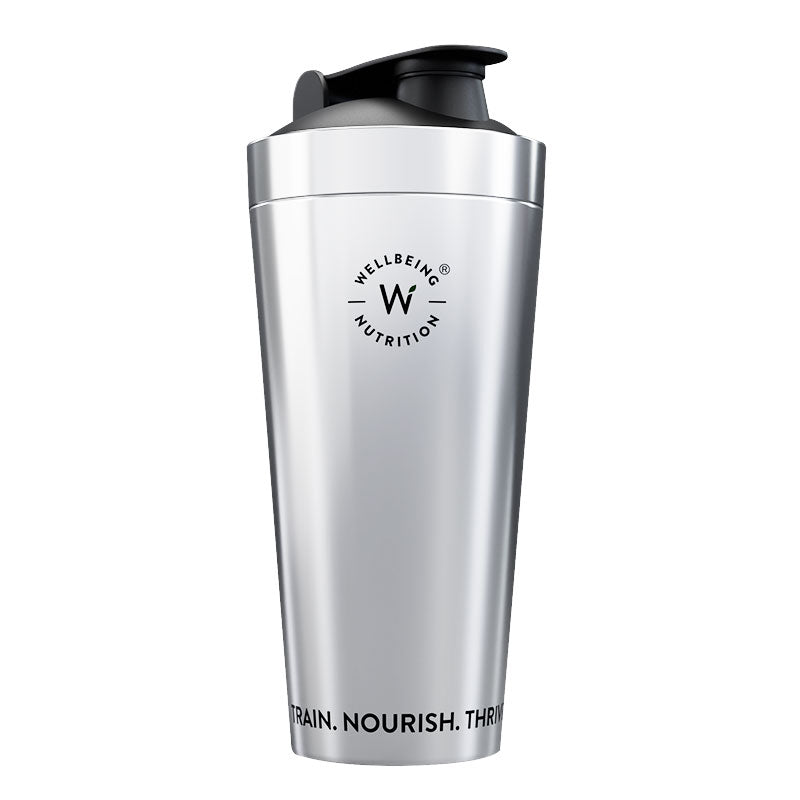











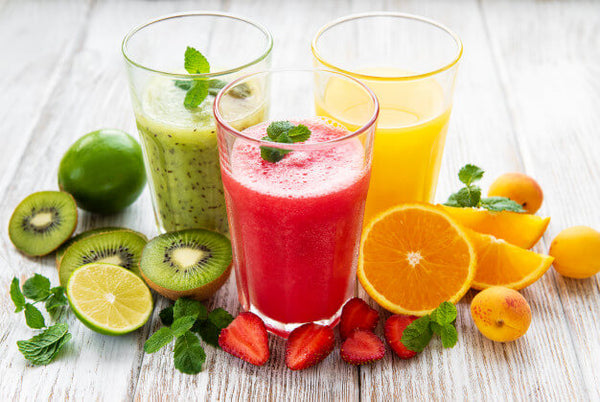



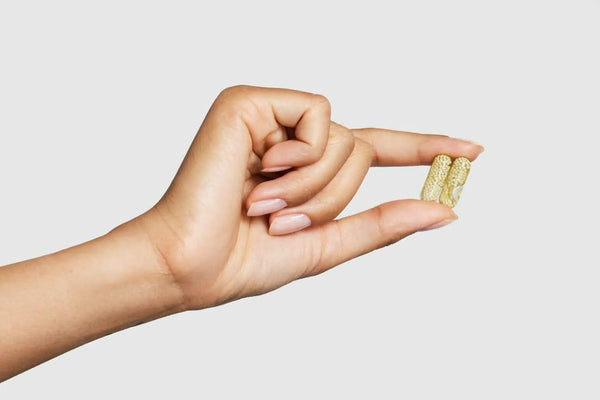
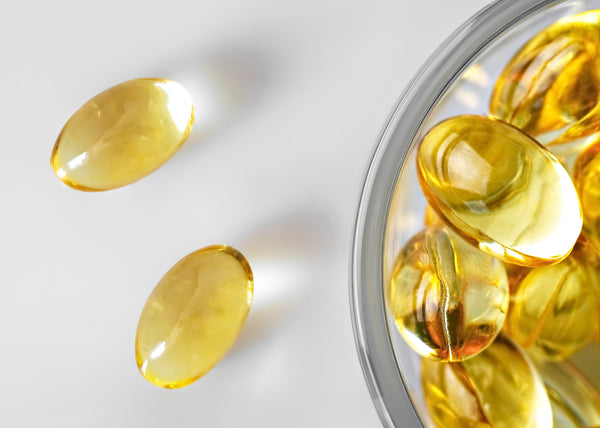
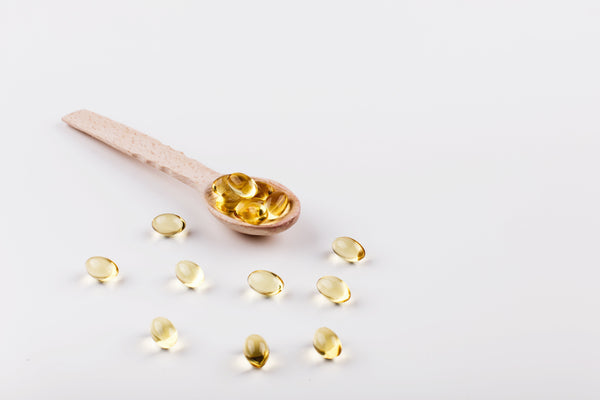






 DOWNLOAD NOW
DOWNLOAD NOW
